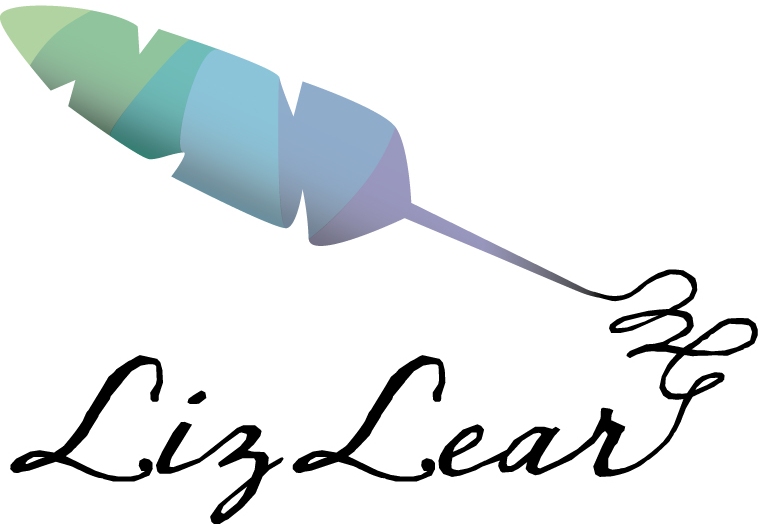Confession: It wasn’t yoga that taught me how to harness my breath.
Before I had ever heard of pranayama or mindfulness, my adventurous young adult self took up scuba diving lessons. I became hyperaware of the oxygen-rich atmosphere we oh so casually access as land dwellers as we forged a boot camp approach to prana (breath) yama (control).
Early in the classroom scuba training, my typical what-if anxiety scenarios kicked in. We sketched out calculations in which time, depth and air pressure directed an output of “safe” or “drowned.” Simple math under pressure was not my forte. Thankfully, I learned, this would serve as back-up to a dive computer, but a keen awareness of air supply remained.
At my final check-out dive, I suited up, eyeing my tank, hoses and regulator more as life support than gear. I tasted the last gulp of air before inserting my mouthpiece and embarking on a truly sink-or-swim lesson in breath work with four key teachings:
1. Breath awareness
Dropping far below my swimming pool depth comfort range, I was aware and grateful each time my lungs filled with air. The bubble stream passing by visually confirmed that it was, in fact, air entering and exiting my body. My breathing was rapid and hard, the bubbles told me with their whirring and pulsing bursts. Otherwise, I would have been oblivious to my breathing pattern.
2. Calming effect of mindful breathing
I heeded the in-your-face sensory cues, and slowed my inhale and exhale. The beads of air tapered to a constant stream. I consciously sought calm and steadiness, knowing that approach would grant me the most time with the shimmery, finned creatures I had finally noticed. As my breathing evened, I relaxed.
3. How to let go
Knowing that holding my breath while shifting depth could damage my lungs, I focused on constant flow, which soothed my nervous system. Without the threat of this consequence on land, I had rarely thought about my inclination to hold my breath and, in turn, feed my stress cycle.
4. Breath control grants freedom
I was aware that my clock was limited and wanted to make the most of it. Knowing exactly how much time you have to visit a foreign world forces a Carpe Diem style appreciation for its fleeting beauty, something you certainly do not take for granted with a dropping air pressure gauge at hand. Owning my breath was the key to maximizing my time and enjoyment.
It’s no different on land. Without the limits and deadlines inflicted by scuba diving or a similar experience, we simply forget the necessity and power of our breath.
Diving granted me a startling yet profound appreciation for our innate partnership with our breath. Fortunately, yoga, in a much gentler and refined way, gives us tools to access the calm domain and healing redemption of mindful breathing.
Journal Exploration
Explore your relationship with your breath and note the effects of a smooth, mindful air flow through these exercises:
- Come to a comfortable seated position. Gently close your eyes and breathe slowly and deeply into your abdomen, then release, counting 1-2-3 as you slowly inhale, and 1-2-3 as you slowly exhale. Repeat up to nine more times.
- Write about how you felt physically and emotionally before and after completing the above practice. What changes did you notice? Did any subtle or significant changes surprise you?
- This simple breath exercise takes about one minute. During what situations typical to your daily life would this practice possibly help you calm and re-center yourself?
- Describe a time that you were profoundly aware of your breath. What were your physical sensations, thoughts and emotions at that time? What did you learn about your relationship with your breath from that experience?
- The air we breathe is something we tend to take for granted. Describe your appreciation for air, or another basic life necessity.

